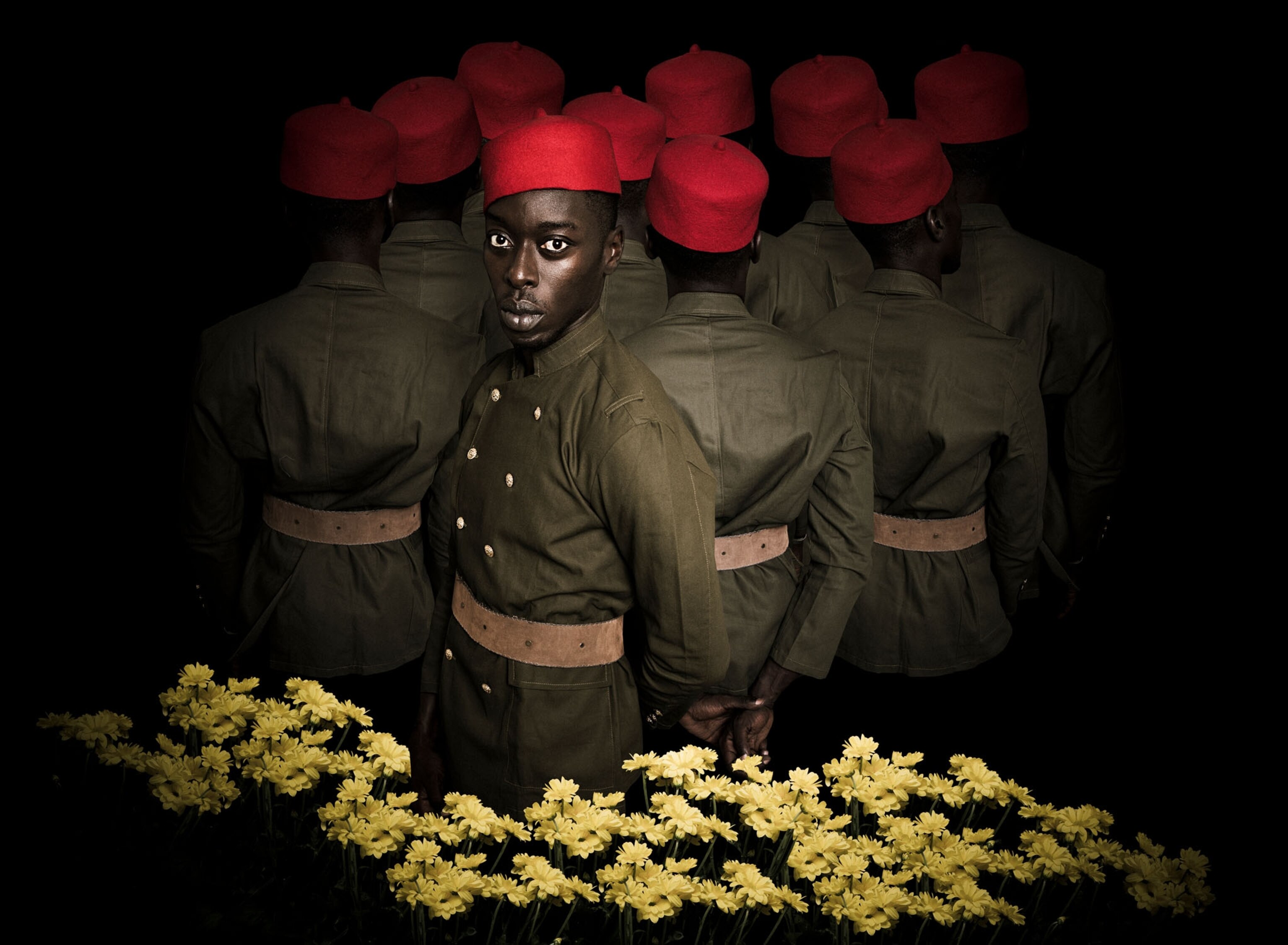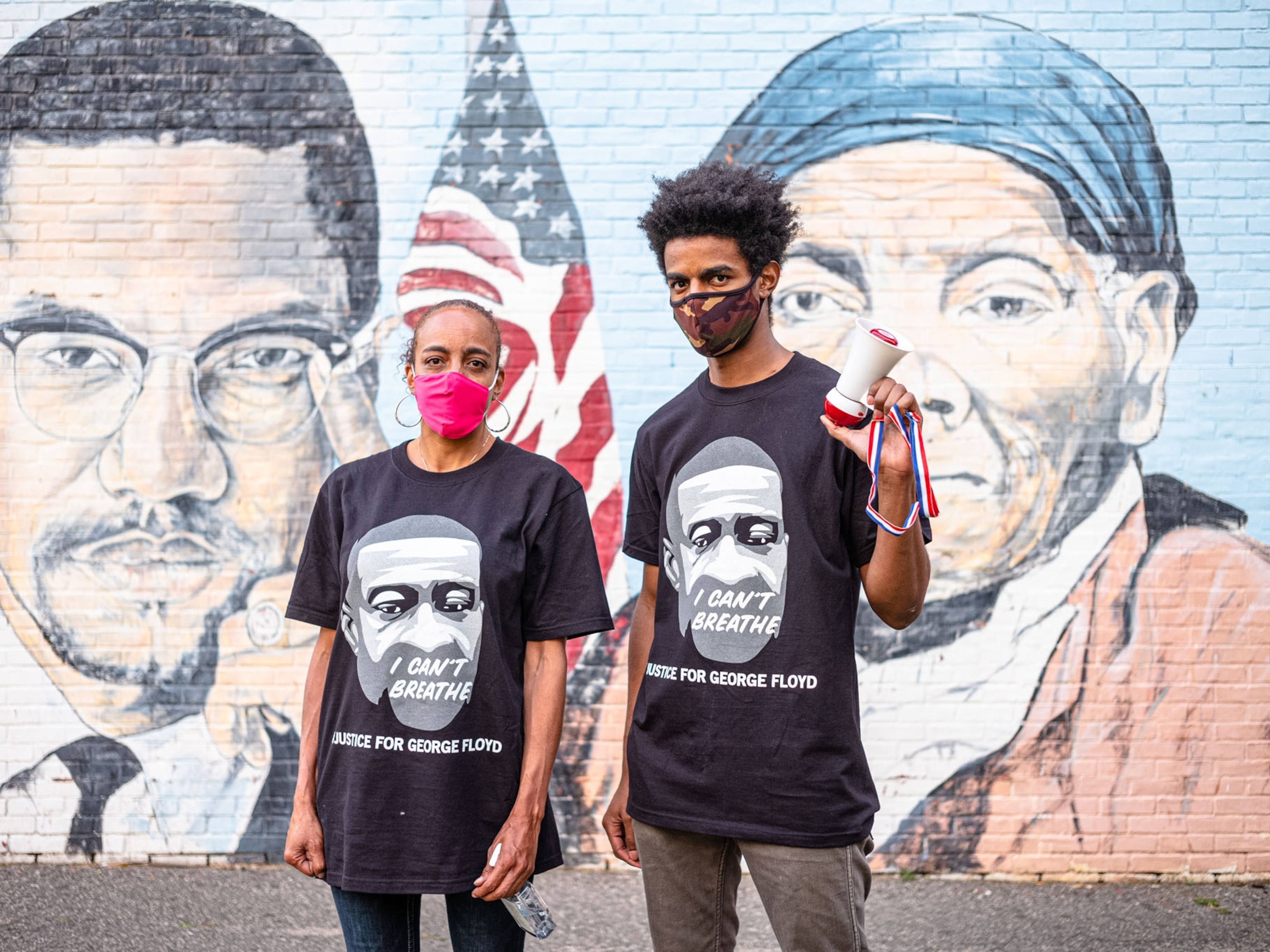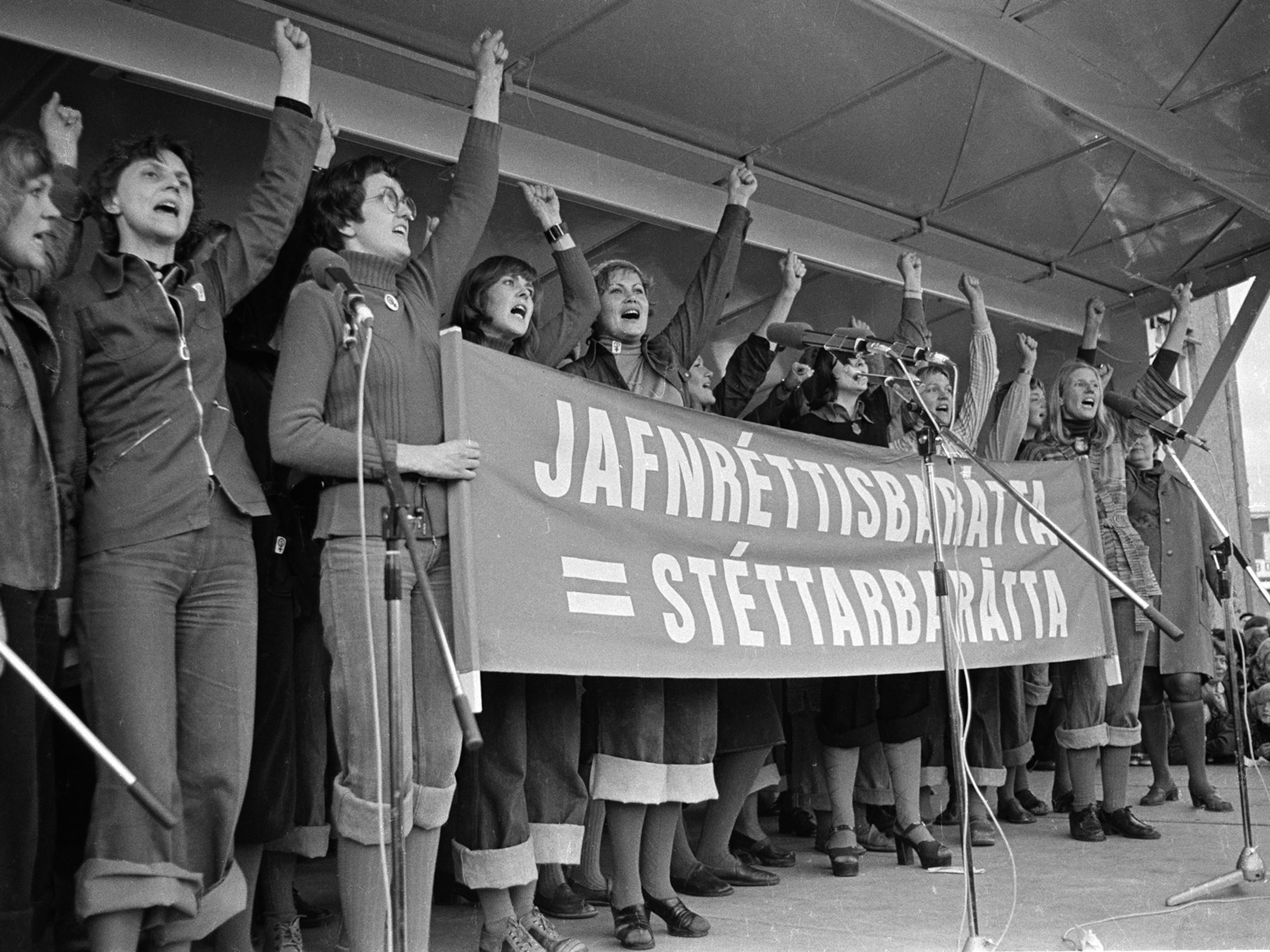
These Reenactments Put a Personal Face on the History of Black Protest
By reimagining historic scenes of black struggle in Africa and around the world, artist Omar Victor Diop explores what unifies these fights for freedom.
In depictions by Senegalese artist Omar Victor Diop, the black struggle for freedom is as global as the history of protest yet as personal as each protester’s story.
It’s so personal, in fact, that Diop himself plays every male role in the photo series “Liberty,” vignettes he created based on visual and written sources in Africa and the African diaspora. The scenes, set apart by time, geography, and scope, present a vibrant, visual chronology of these consequential events.


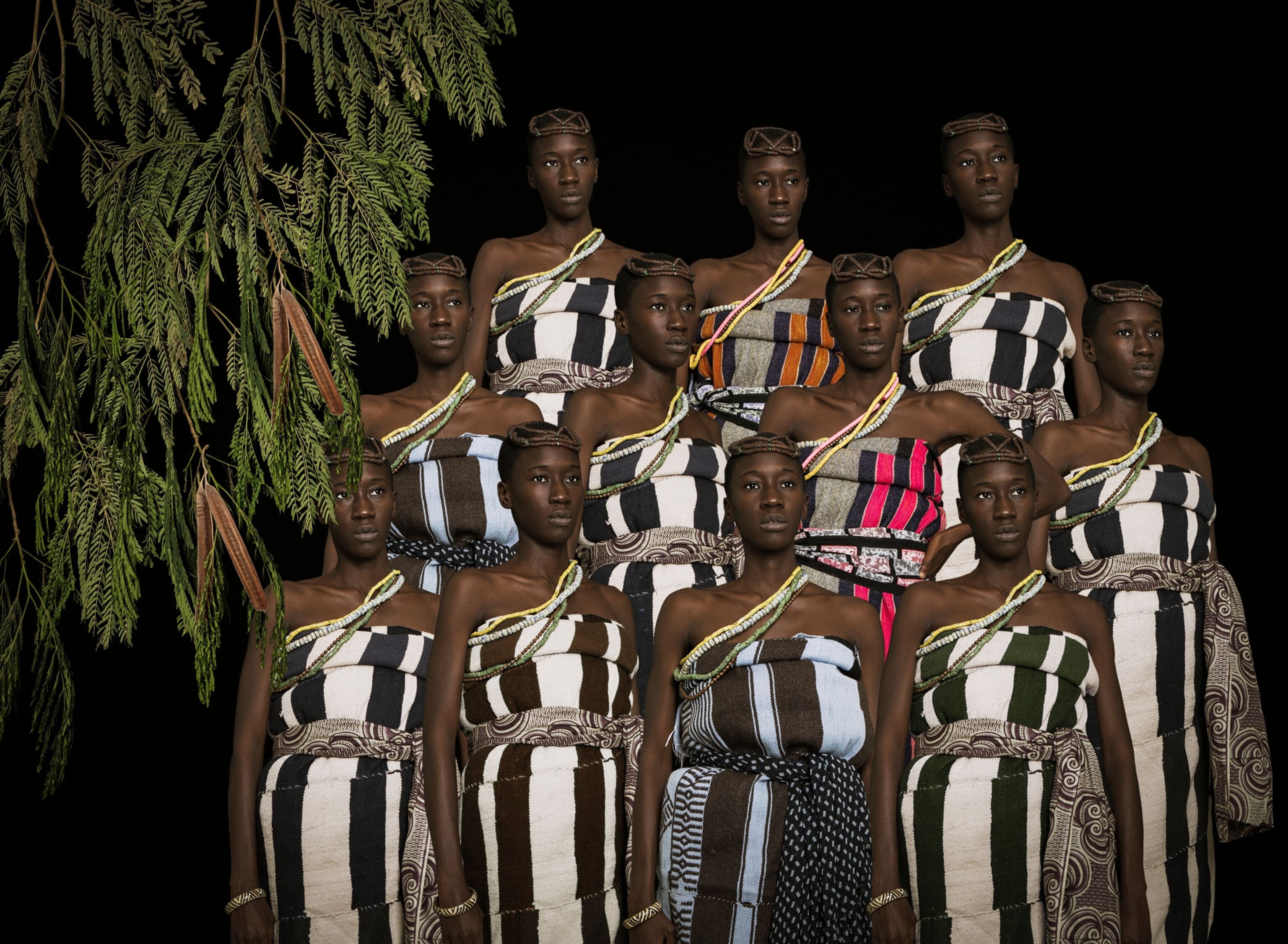
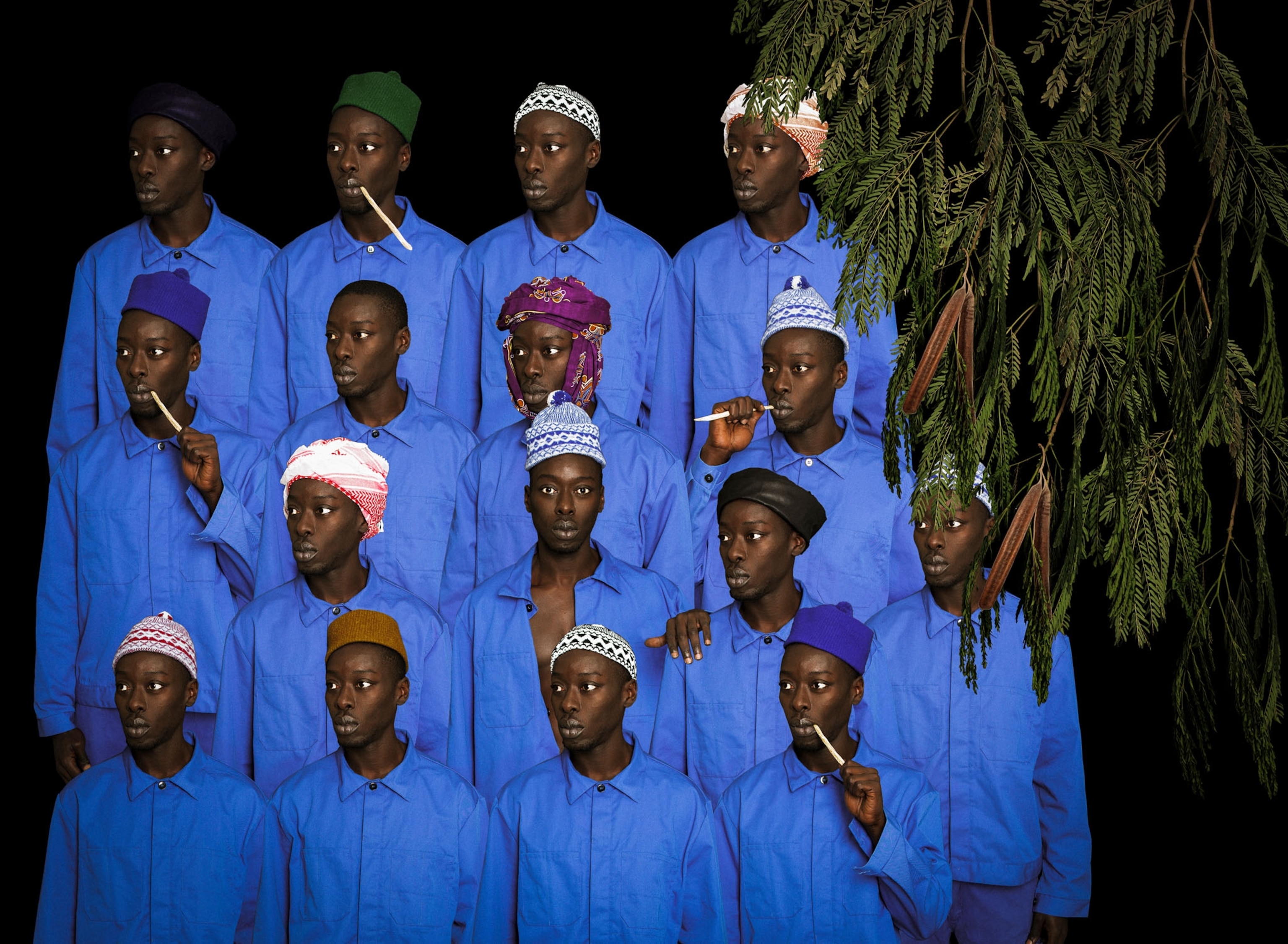
The images in “Liberty” commemorate slave revolts, independence movements, social justice quests, and the events that sparked them. Subjects range from Queen Nanny and her brother, Quao, who rebelled against British colonialists to establish a community of former slaves in 18th-century Jamaica, to Trayvon Martin, the unarmed African-American teen whose 2012 shooting by neighborhood watch volunteer George Zimmerman inspired the Black Lives Matter movement.


Diop composed scenes using multiple images of himself—but “the picture would be far from complete if it didn’t feature female characters,” he says. “Black women played a role as important as their male counterparts’ in the struggle.” His friend Khadija Boye poses as all the women in the series.
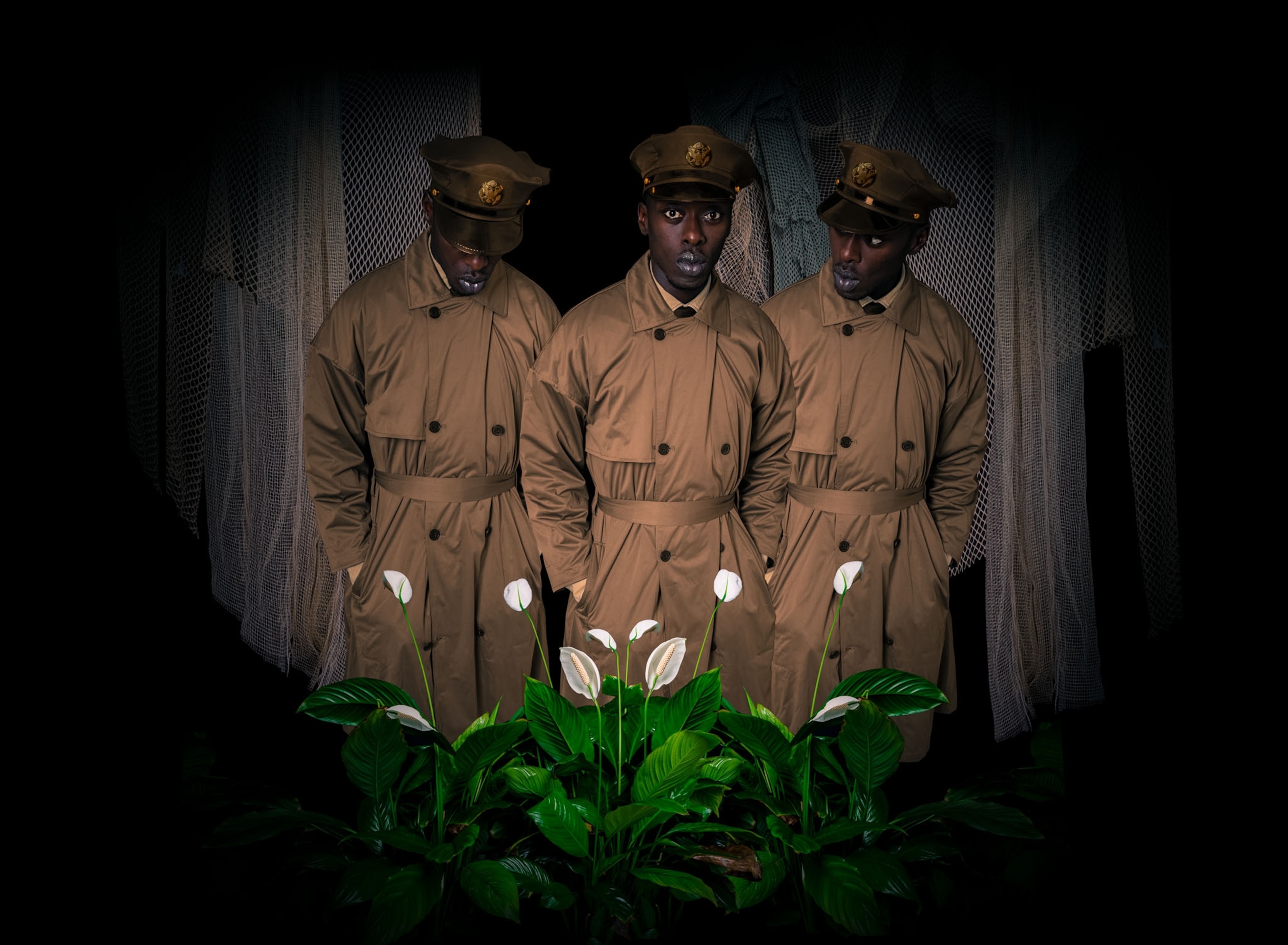
From his vantage in Senegal, Diop designed his latest project to draw a parallel “between the chronology of protest movements on the continent and that of similar movements in the diaspora happening at similar time periods.” He did so, he has said, in hopes of “trying to have a more universal reading of the history of black protest, in order to build bridges for a better understanding of the question.”
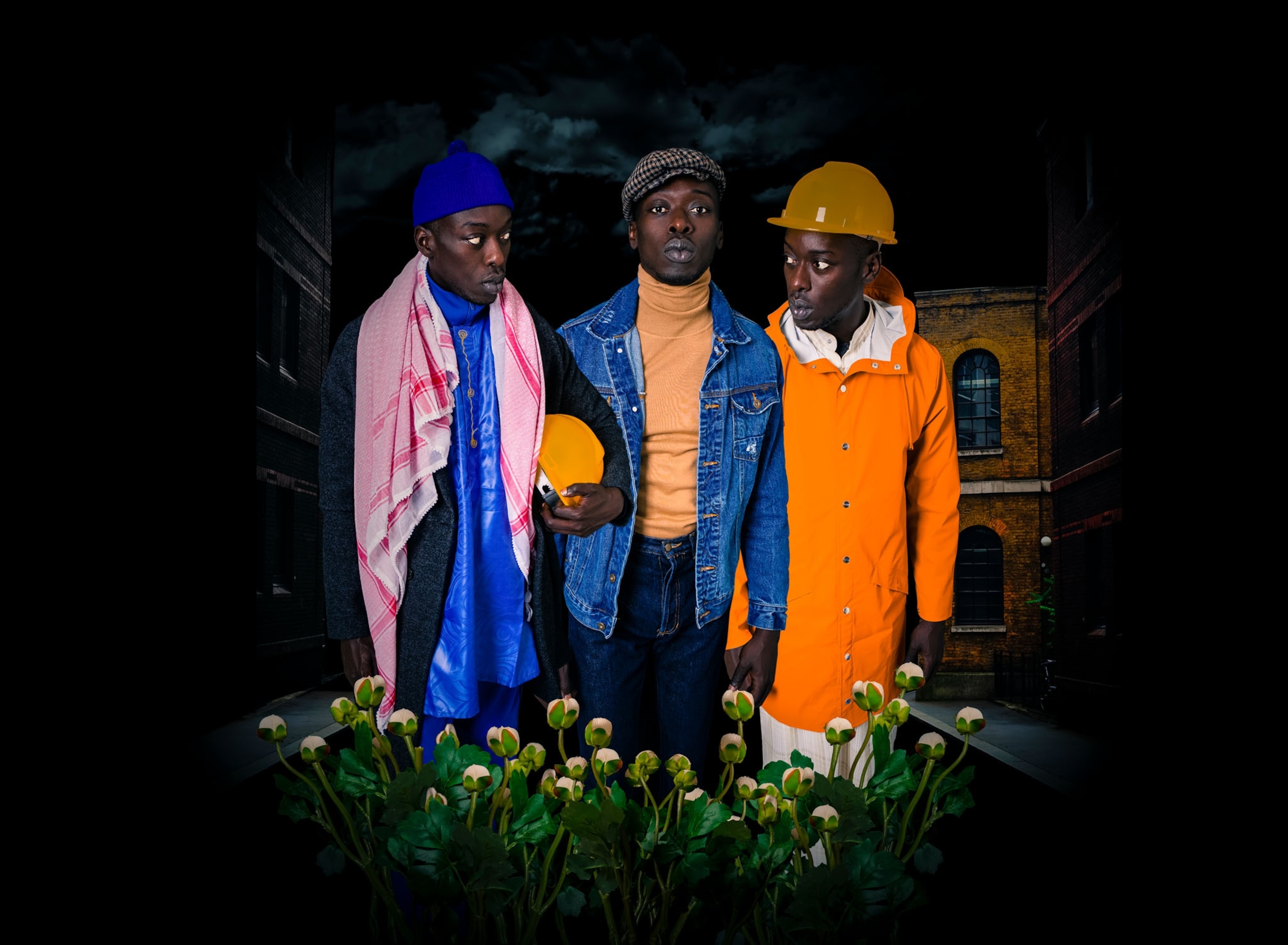
Diop’s images are rich with telling details, based on the careful study of historical clothing and textiles as well as the symbolism of local plants and flowers. The distinctions challenge the Western tendency to see Africa, and the lives of black people throughout the world, as monolithic—as an “abstract concept rather than a reality,” in Diop’s words. His meticulous re-creations remind us that protests are more than physical actions. They’re also cultural events in which clothing and style are a form of political expression, from the flower garlands worn by Selma marchers, a gift from a Hawaiian clergyman as a symbol of respect and solidarity, to the signature berets and leather jackets of the Black Panther Party in the United States.
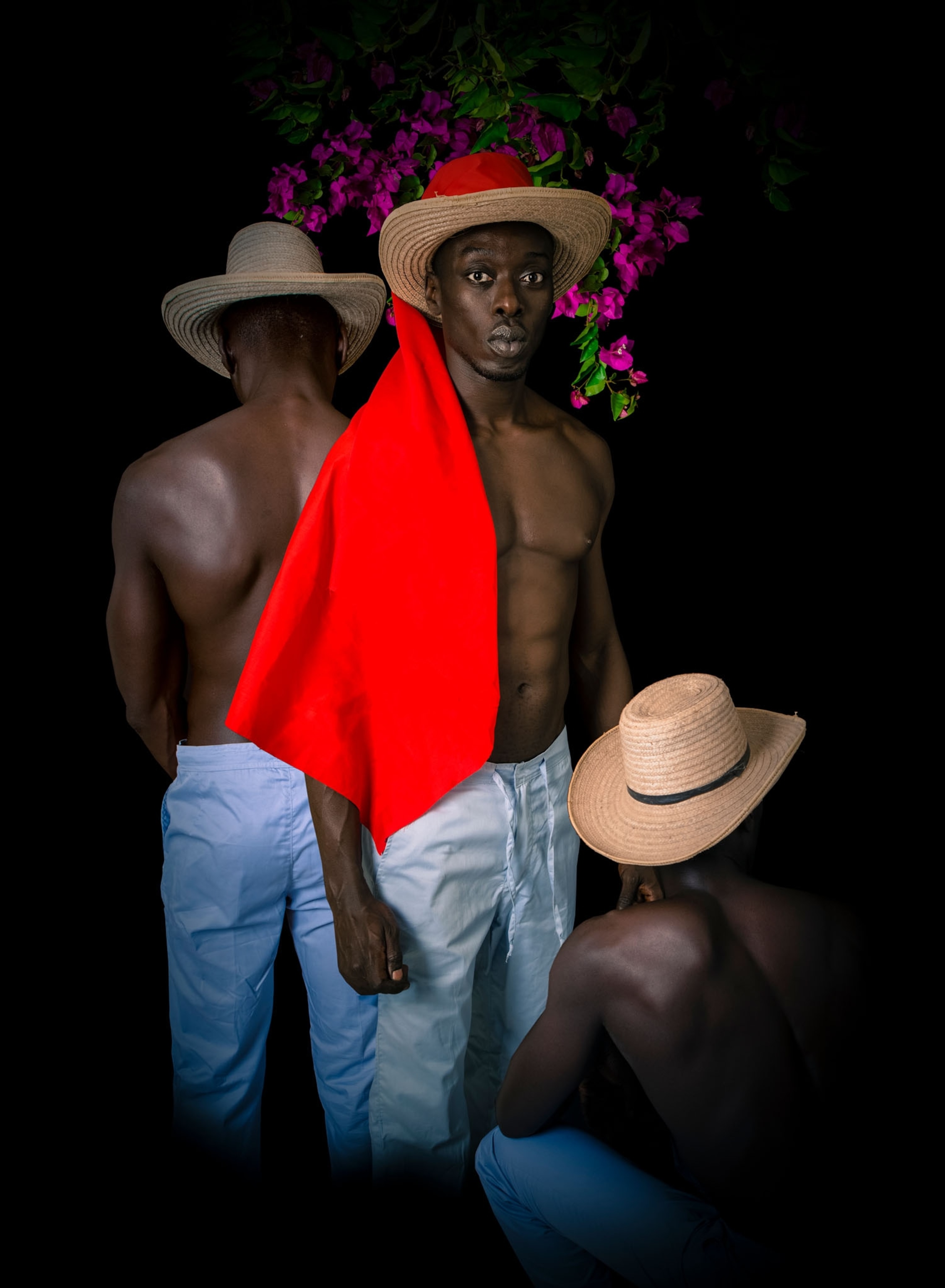
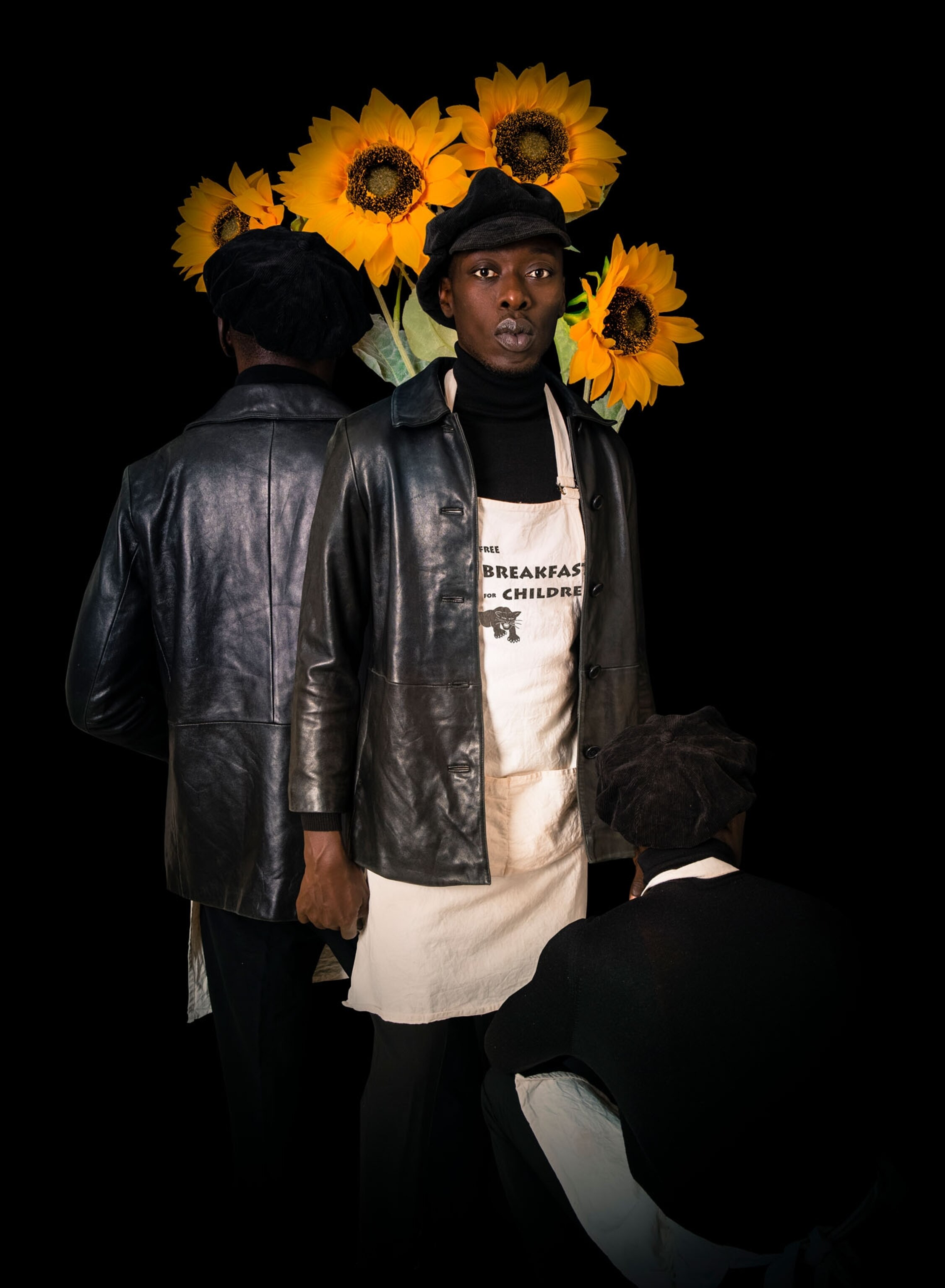
By recasting history and posing as its subjects, Diop makes the past come alive in the present. He focuses on our collective humanity, affirming the debt we owe to the efforts of our ancestors. And he reminds us that historically, this activism didn’t just affect the lives of participants—it altered the destinies of future generations.
Diop’s meditations on the historic quest for freedom are at once sobering and exhilarating. Like the events that inspire them, these dramatic scenes are haunted by the specter of violence, murder, and oppression—but they also resonate with optimism and hope. In the end, “Liberty” celebrates the power of black resistance, in its many forms, to change the world.
